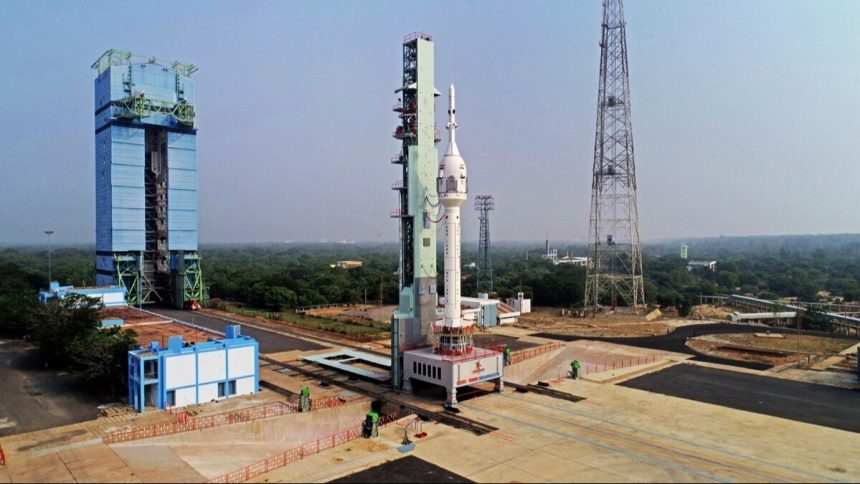In an unforgettable moment in India’s space exploration history. The Indian Space Research Organisation (ISRO) successfully conducted the Test Vehicle-D1 (TV-D1) mission. A pivotal step towards realizing the ambitious Gaganyaan mission– India’s quest to send its astronauts into space. Although this mission didn’t carry humans, it played a central role in testing and showcasing critical systems for future crewed space journeys.

A Journey of Achievement
On a Saturday morning of 21st October, the TV-D1 mission initiated its journey at 10 am from the inaugural launch pad in Sriharikota. Marking a significant achievement for India’s space program. While initially planned for an 8 am, the launch had to be rescheduled to 8:45 am due to bad weather conditions and poor visibility. Finally, at 10 am, the mission took off after overcoming technical challenges.
Gaganyaan Mission: Objectives
The TV-D1 mission was designed with several key objectives:
- Advertisement -
- Flight Evaluation: This mission aimed to assess the subsystems of the Test Vehicle. It included the evaluation of the Crew Escape System, separation systems, analysis of crew module characteristics, and the examination of deceleration systems at higher altitudes.
- Crew Escape System Trial: A critical goal was to test the Crew Escape System’s performance, a cornerstone of the Gaganyaan program.
- Innovative Test Vehicle: The Test Vehicle itself was a custom-designed, single-stage liquid rocket, purpose-built for this mission. It carried essential payloads such as the Crew Module (CM) and Crew Escape Systems (CES) with fast-acting solid motors. The mission simulated abort conditions during the ascent trajectory, replicating a Mach number of 1.2 similar to the conditions astronauts would face during a Gaganyaan mission.
A Day of Celebration: Gaganyaan mission
The TV-D1 mission exceeded all expectations, with every system delivering exceptional performance. This encompassed the Test Vehicle itself, the crew escape system, and the crew module. Sivakumar, the mission director for TV-D1, expressed joy, stating, “This mission was unlike any other. It was a fusion of three experiments. We’ve successfully demonstrated the characteristics of all three systems that we aimed to test through this mission. The test vehicle, the crew escape system, and the crew module – everything functioned flawlessly.”
Following the successful testing of the Crew Escape Systems and Crew Module, the mission concluded with a secure descend in the sea, approximately 10 kilometers off the eastern coast of Sriharikota.
ISRO Chief’s Delight
ISRO Chief S. Somanath couldn’t contain his joy, announcing, “I am absolutely delighted to share that the TV-D1 mission was a resounding success. This mission’s purpose was to demonstrate the crew escape system for the Gaganyaan program through a test vehicle. The vehicle reached speeds slightly above the speed of sound, initiating an abort condition for the crew escape system to respond. The crew escape system performed flawlessly, ensuring the crew module’s safe separation from the vehicle. All subsequent operations, including the sea touchdown, were executed with precision, and we’ve collected comprehensive data.”
This remarkable accomplishment marks a significant step in India’s space journey. Brings us closer to the dream of sending Indian astronauts into space. The TV-D1 mission’s success highlights India’s growing ability in space technology and engineering. Making the dream of Gaganyaan mission with human astronauts an increasingly achievable reality.


